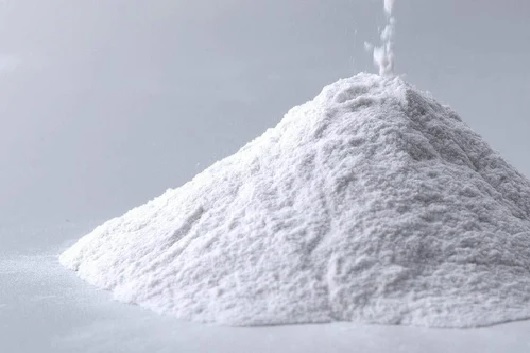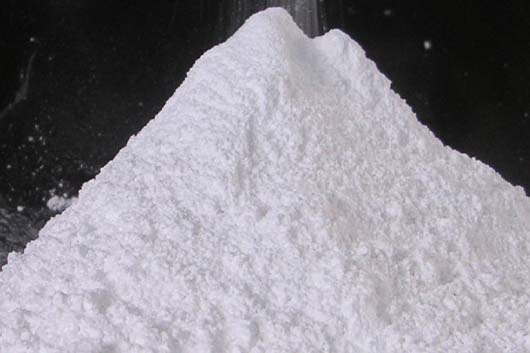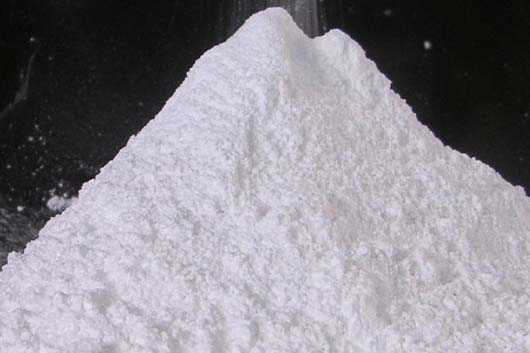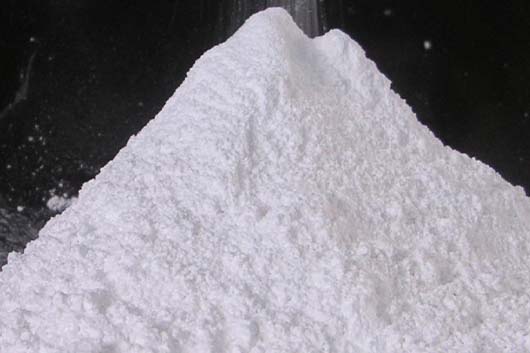- Discover The Magic Within Shining Minerals
- +91-9414167212
- anenterprises@gmail.com

What are the key properties of Polymer Grade?
December 29, 2023
How does talc powder improve paint performance?
December 29, 2023Talc powder, a naturally occurring mineral, has found its place in various industries, including pharmaceuticals. Its multifaceted properties make it a versatile ingredient in drug manufacturing, but the extent of its use varies depending on the specific formulation needs. In this blog post, we will explore the role of talc powder in pharmaceuticals, its benefits, and the types of pharmaceutical products where it is commonly used.
Talc Powder in Pharmaceuticals
Talc powder, also known as magnesium silicate, is a fine, white powder with a soft and slippery texture. It is primarily used as an excipient in pharmaceuticals, serving as an inactive ingredient that enhances the manufacturing process and the overall quality of the final product. Here’s why talc powder is a valuable ingredient in the pharmaceutical industry:
- Flowability and Lubrication: It is prized for its ability to improve the flow of powders and granules during tablet and capsule manufacturing. Its natural lubricating properties help prevent sticking to the machinery, ensuring a smooth and efficient production process.
- Anti-Caking: It acts as an anti-caking agent, preventing clumping and agglomeration of powdered ingredients. This is particularly important in the production of dry powder formulations, where maintaining a uniform consistency is crucial.
- Glidant: Talc Powder for Pharmaceutical Industry also serves as a glidant, aiding the movement of granules within processing equipment. This property ensures that materials flow freely, resulting in consistent dosing and uniform tablet compression.
- Controlled Release: In some pharmaceutical formulations, it is used to control the release of active ingredients, especially in sustained-release or extended-release tablets. It helps regulate the dissolution and absorption rates, ensuring a gradual and controlled delivery of the medication.
- Dermal and Topical Products: It is commonly used in the manufacture of dermal and topical products, such as creams, lotions, and ointments. It enhances the texture of these products and provides a smooth, silky feel when applied to the skin.
- Suppositories: It is an essential component in suppositories, where it aids in the molding process and helps with the release of the active ingredient when the suppository dissolves in the body.
- Powdered Medications: Certain powdered medications, like antacids and laxatives, use this mineral as a primary ingredient due to its excellent flow and anti-caking properties.
Types of Pharmaceutical Products Where Talc is Commonly Used
While talc powder from A.N. Enterprises is indeed a valuable ingredient in pharmaceuticals, it is not used in all types of pharmaceutical products. Its application varies depending on the specific requirements of each product. Here are some examples of pharmaceutical products where talc is commonly used:
- Tablets and Capsules: It is a staple in the production of tablets and capsules. It ensures that the active pharmaceutical ingredients (APIs) and excipients can be efficiently processed and compressed into these solid dosage forms without sticking to the machinery.
- Powdered Medications: Various over-the-counter (OTC) medications, such as antacids and laxatives, are formulated as powders. It helps maintain the free-flowing nature of these products, making them easy to dispense and use.
- Topical and Dermal Products: Its soft and silky texture makes it an ideal ingredient in creams, lotions, and ointments. It contributes to the desirable texture of these products and enhances their spreadability.
- Suppositories: Suppositories are designed to melt or dissolve at body temperature, delivering the active ingredient locally or systemically. It aids in the molding of suppositories and ensures their proper release.
- Controlled-Release Formulations: Some extended-release or controlled-release tablets incorporate talc to help regulate the dissolution and absorption rates of the active ingredients, ensuring a sustained therapeutic effect.
- Medicated Powders: Medicated powders used for various purposes, such as skin care or foot care, often contain talc for its absorbent and soothing qualities.
- Gastrointestinal Medications: It may be used in gastrointestinal medications like anti-diarrheal formulations to improve the flow properties of the powdered ingredients.
Conclusion
In conclusion, talc powder is a versatile and valuable ingredient in the pharmaceutical industry. Its unique properties make it an ideal choice for improving the manufacturing process, enhancing product quality, and achieving specific formulation goals. While talc is commonly used in a variety of pharmaceutical products, its application is not universal and depends on the specific requirements of each formulation. Pharmaceutical manufacturers carefully select excipients like talc to ensure the safety, efficacy, and overall performance of their medications.




